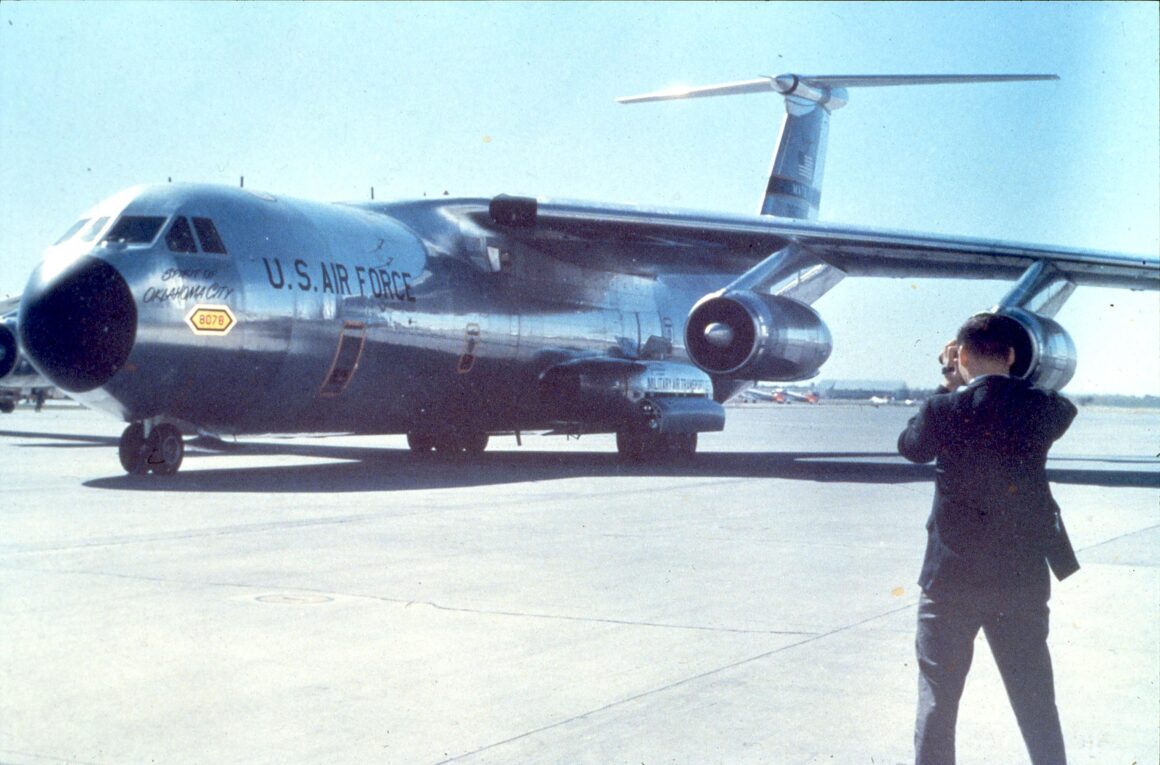Lockheed’s Versatile Airlifter Was Flown to Vietnam and Beyond- Often by Reservists
The Lockheed C-141A Starlifter was first flown on 17 December 1963. Starlifters, AKA Tube of Pain, served with the United States Air Force (USAF) Military Air Transport Service (MATS) and later the Military Airlift Command (MAC) and later still Air Mobility Command (AMC). Relatively early in the C-141’s service with the Air Force, the airlifter was also operated by the Air Force Reserve Command (AFRC) as part of the Air Reserve Component (ARC) of the USAF. Enjoy this look at C-141A Starlifters doing their thing in far-away places uploaded to YouTube by Periscope Film.
[youtube id=”UY4cRCiHKRE” width=”800″ height=”454″ position=”left”]
The Beginning of a Beautiful Relationship
The first C-141A to be delivered to MATS (63-8078) arrived at the 1707th Air Transport Wing, Heavy (Training) at Tinker Air Force Base (AFB) on 19 October 1964. The Federal Aviation Administration (FAA) granted the C-141A a type certificate on 29 January 1965. C-141A Air Force serial number 63-8088 became the first Starlifter into service when, on 23 April 1965, the jet arrived at Travis AFB and went to work with the 44th Air Transport Squadron of the 1501st Air Transport Wing. C-141As, Douglas C-124 Globemaster IIs, and Douglas C-133 Cargomasters became the primary long-reach airlifters supplying American forces in South Vietnam and Southeast Asia.

Soldiering on for More Than 40 Years
C-141As continued flying material and personnel to the region for the duration of America’s involvement in the region, including the repatriation flights bringing American POWs home to the world. Starlifters could be observed on ramps just about anywhere in the world, from the Antarctic to the desert and beyond. When Lockheed engineered the inflight-refuelable stretched C-141B variant of the Starlifter, the versatile jets got a new lease on life. Working in combination with Lockheed’s C-5A Galaxy, Starlifters continued in service for 41 years.

